During the nineteenth century the productivity of presses increased greatly, partly because of improvements in their construction and partly because of the use of steam to power them. As a result, print becomes more affordable and accessible to the working class. A typical example of this are the so-called penny prints, cheap single page prints which often commemorate important and unusual events. The example below is a humorous 19th-century penny print depicting a henpecked husband who gets a beating from his bossy wife. Such prints already existed in the previous centuries, but this one is printed with two additional spot colors.
In 1800 11,000 tons of paper is produced in the United Kingdom. By 1900 this increases to 652,000 tons, with only 4,000 tons of it hand-made.
1800 – Iron presses
Inspired by earlier attempts by Swiss typefounder Wilhelm Haas, Charles Stanhope, the third Earl Stanhope, builds a press that has an iron frame instead of a wooden one. It can print around 200 impressions per hour. Because this Stanhope press is also more durable and can print larger sheets, other press manufacturers soon switch to a similar type of construction.
1808 – First printing in Brazil
In Spanish America printing presses are introduced fairly early, such as in Mexico (before 1540) or Peru (1584). In Brazil, which is under Portuguese reign, this happens much later. Some pamphlets were printed in the eighteenth century but the first official printing press is only installed in 1808.
1810 – History of Printing in America
Isaiah Thomas creates the two-volume History of Printing in America which is one of the best resources on colonial printing in the United States.
1814 – First cylinder presses
Friedrich Gottlob Koenig and Andreas Friedrich Bauer build their first cylinder press, which is much faster than the existing flatbed presses. One of the first customers is John Walter of the newspaper The Times. The first issue of The Times that is printed with the new presses is published in 1814. The press is installed in secret to avoid sabotage by disgruntled pressmen operating the existing Stanhope presses. The machine is capable of printing over 1100 double-sided sheets per hour. In 1817 Koenig & Bauer return to Germany and start building presses in an abandoned monastery in Würzburg.
1816 – Columbian Press
The cast iron Columbian Press, invented by George Clymer, can produce 250 prints per hour. The Eagle mounted on top is not just a decorative element, it also serves as a counterweight.
1817 – Cardboard boxes
The first cardboard box packaging is produced. The Kellogg Company is the first to use it for packaging cereals in the late 19th century.
1821 – De La Rue is founded
Thomas de la Rue starts a printing company in London. In 1831 the company is allowed to produce playing cards, with postage stamps following in 1855 and banknotes in 1860. Nowadays it is the largest security printing business in the world.
1822 – Church typesetting machine
American inventor William Church patents the first typesetting machine. It features a keyboard linked to magazines that each contain a set of cast characters. The typesetter increases the number of letters that can be cast per day from between 3,000 and 7,000 to between 12,000 and 20,000.

1826 – Dandy roll
John Marshall invents the dandy roll which makes it much easier for paper manufacturers to add a watermark to paper.
1827 – Baedeker travel guides
Verlag Karl Baedeker is founded by Karl Baedeker. It publishes travel guides and becomes such a household name that such guides are often referred to as ‘Baedekers’. The guide below, photographed by Manfred Heyde, shows a guide from 1910.
That same year Rudolphe Töpffer creates the world’s first comic strip in Switzerland and the first sections of The Birds of America are published. This book by John James Audubon contains illustrations of a wide variety of birds of the United States and is considered a masterpiece of contemporary engraving and printing.
1829 – Braille is invented
Louis Braille publishes his Braille alphabet, a tactile reading system for the blind.
1830 – Dust jackets made of paper and sealed with wax
Expensive books are protected by a dust jacket, a removable paper wrapper. The oldest one in existence is from 1830.
1832 – Automating binding
Philip Watt invents the sewing machine, a major step forward in automating binding.
1835 – Bertelsmann
Carl Bertelsmann founds C. Bertelsmann Verlag as a German Protestant publishing house. Over time this company will become the largest printing group in Europe.
1837 – Chromolithography
In France, Godefroy Engelmann is awarded a patent on chromolithography, a method for printing in color using lithography. Chromolithographs or chromos are mainly used to reproduce paintings and scenic photographs. A reproduction of an oil painting that is printed on canvas or gets a canvas-like texture using embossing is called an oleograph. Compared to a hand-colored litho a chromo can be fifty percent cheaper. The advertisement below is from the end of the century and shows what can be achieved using this color printing technique.
In the United States, A. Hoen & Co in Baltimore is one of the first printing companies to use the technology.
Another patent from the same year is that of William Hancock for binding books using glue. After a book is printed, folded, and collated its spine is trimmed and roughened using sandpaper. Instead of sewing, several coats of rubber (caoutchouc) are then applied to hold the pages together. Rubber has nowadays been replaced by other adhesives but Hancock’s perfect binding method is still the way paperbacks, thicker magazines, or catalogs are bound.
1840 – The first adhesive postage stamp
The Penny Black is the first adhesive postage stamp. It allows UK citizens to send letters of up to 14 grams to any location in the country at a flat rate of one penny.
1841 – Anastatic printing
Anastatic printing is a process to create a facsimile or identical copy of a document. As such, it is an early forerunner of photocopying. Its most well-known proponent is Edgar Allan Poe, the American poet, and writer who publishes an article on the potential and dangers of the technique.
1842 – The first illustrated weekly newspaper
The Illustrated London News is the world’s first illustrated weekly newspaper. It costs five pence. From 1861 onwards such newspapers becomes a lot cheaper in the United Kingdom because of the abolition of paper duty.
1843 – First use of photos in a book and first Christmas cards
Photographs of British Algae: Cyanotype Impressions by English botanist and photographer Anna Atkins is the first book ever to be illustrated exclusively with photographs. The 389 photos are all made by placing algae directly onto photographic paper and exposing them using sunlight.
That same year Sir Henry Cole commissions the English painter John Callcott Horsley to do the artwork of (arguably) the first commercial Christmas card. Around 1000 cards are printed and hand-colored. Ten of these are still in existence today. The card was fairly controversial in its day because it featured a child taking a sip from a glass of wine.
In 1843 the American inventor Richard March Hoe builds the first lithographic rotary printing press, a press in which the type is placed on a revolving cylinder instead of a flatbed. This speeds up the printing process considerably and 22,000 to 24,000 impressions per hour can be achieved.
Printing gets even faster in 1870 when Hoe builds a rotary press that prints both sides of a page in a single operation. This roll-fed press has a speed of 240 meters (800 ft) per minute. It is used for printing newspapers and includes a built-in cutting unit and a separate folder.
1844 – Using wood to produce paper
The Canadian inventor Charles Fenerty and his German counterpart F.G. Keller simultaneously invent a new papermaking technique based on pulping wood. Until then all paper was made from pulped rags. Cotton fiber is still used today but only for specialty applications such as currency. As an alternative to wood, esparto grass can be used.
Carl Buz and Carl August Reichenbach, a nephew of Friedrich Koenig, establish the Reichenbach’sche Maschinenfabrik and build their first press, the ‘Schnellpresse’. Their factory will later become a part of manroland, currently one of the largest manufacturers of printing presses.
1846 – AP is founded
Five daily newspapers in New York City create The Associated Press (AP) to share the cost of transmitting news of the Mexican-American War by boat, horse express, and telegraph. Other news agencies from the same era are Agence France-Presse or AFP (France, 1835), Agenzia Stefani (Italy, 1853), and Reuter’s Telegram Company (UK, 1857).
Friedrich von Martini begins manufacturing folding and stitching machines. Martini introduced its Book Sewing Machine in 1897 and for 37 years also builds automobiles. It is now part of Muller Martini.
1848 – W. H. Smith & Son news stands
The English news vendor W. H. Smith & Son, established in 1792, opens its first news stand in a railway station. In the next two years the Euston booth is joined by stands in Birmingham, Manchester and Liverpool.
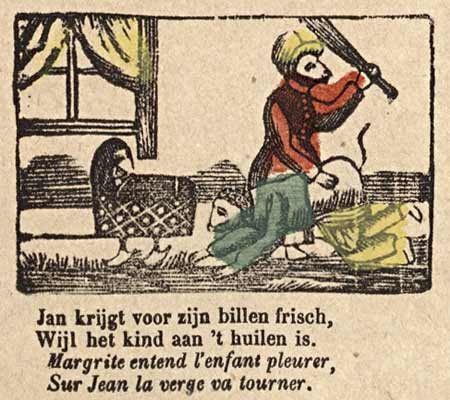
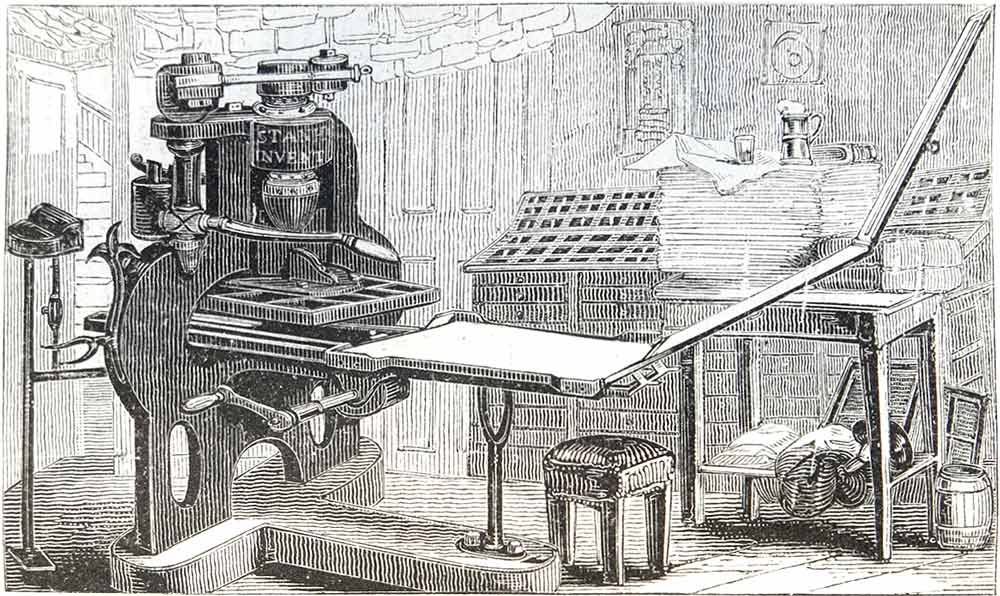
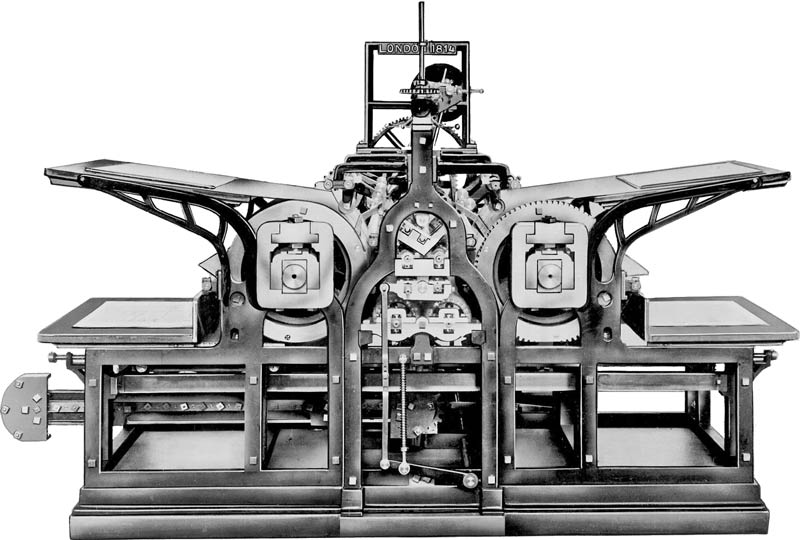
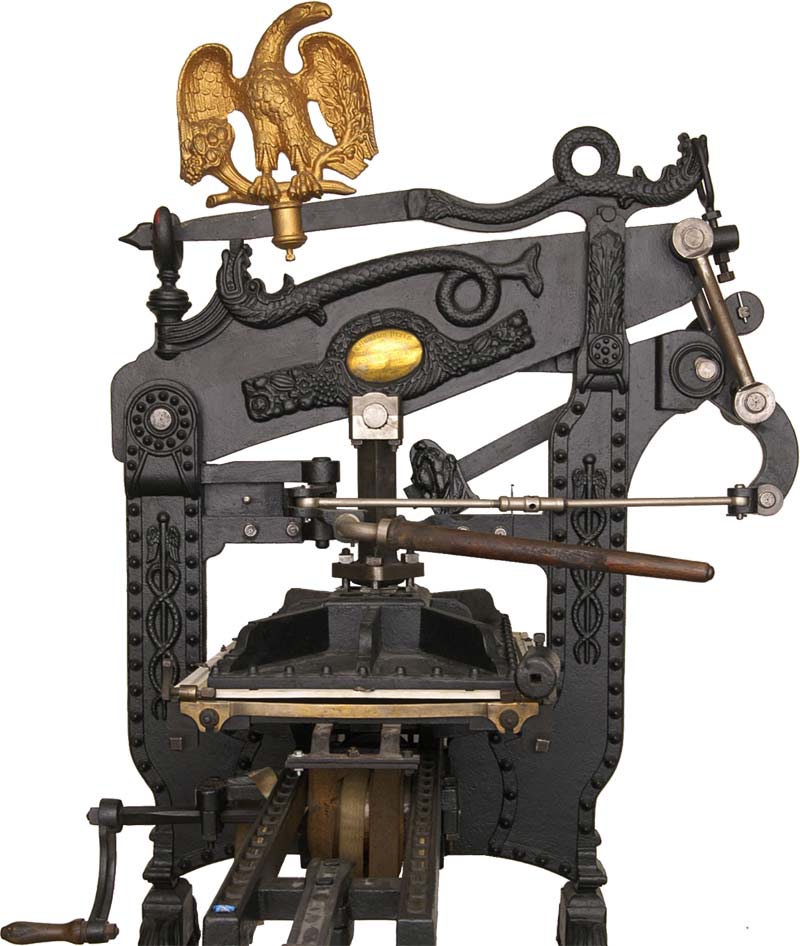
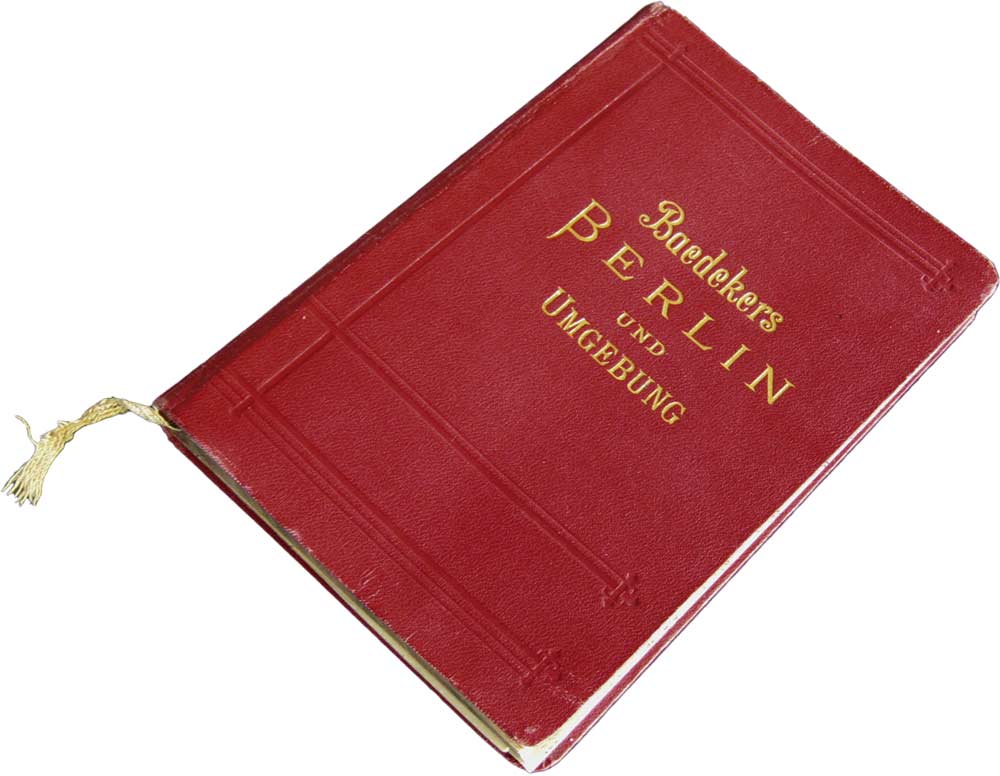
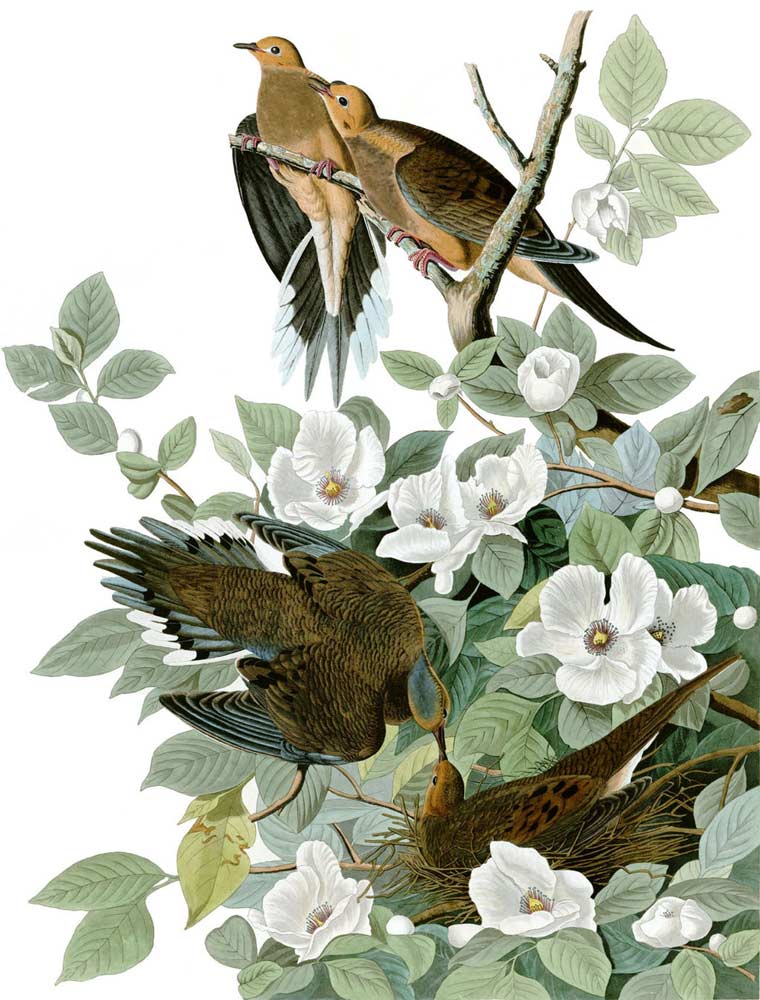

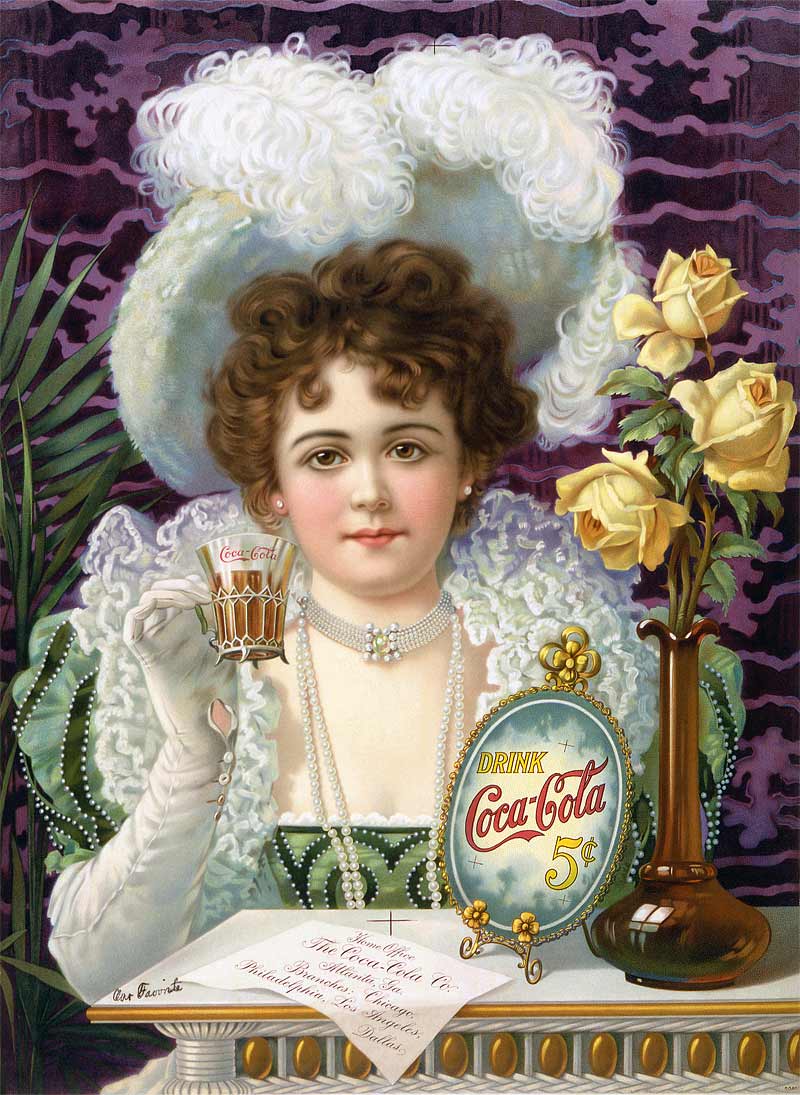

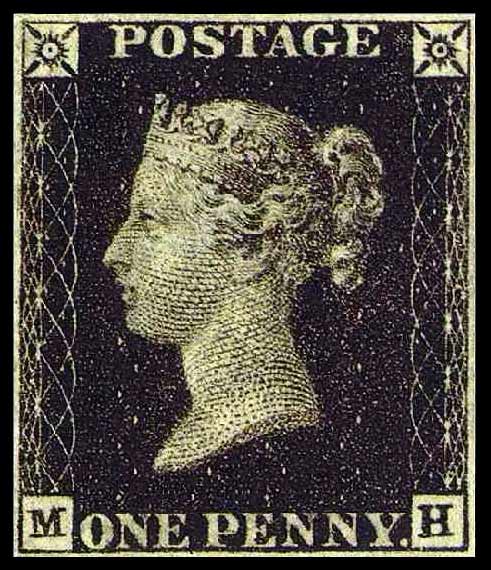
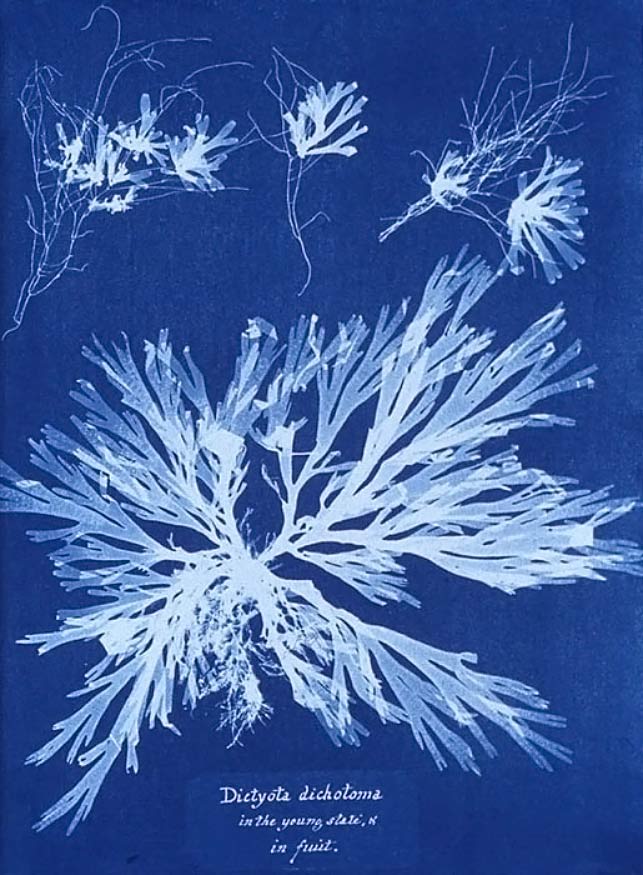

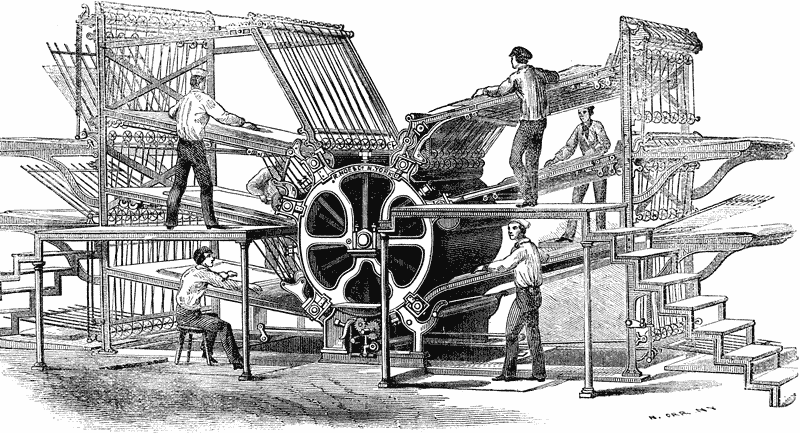
I have an egal star printing press for sale can send pictures
Thank you for this. I’m trying to find out when the stereotype was invented and for how long it was used, but either it isn’t worth mentioning or it goes by another name. It is often referred to as a piece plaque of metal cast in plaster or papier maché, in etymologies of its current use, and “cliché” is a synonym not only in printing but in the abstract. But what printing machines it was used with, when it became common and when it stopped being used is what I’d like to know. Thanks for any information!
Stereotyping does get mentioned here: https://www.prepressure.com/printing/history/1700-1749
Thanks for this site. I grew up in the 1950s in a smalltown, countyseat weekly newspaper family. As a teen, I ran the 4-page flatbed newspaper press, which probably went back to the 19th Century, as well as the model 14 Linotype, and the C&P job press, etc.
At present I am interested in learning more about 19th Century smalltown weeklies, e.g. the 8-page products that were 4+ pages of national stuff, with 2-3 pages of handset local news.
Would anyone know how this worked? Did paper owners subscribe to a service that sent out preprinted papers, which were completed locally with the local news and advertising? Is there any history on this?
Thanks so much for reading this.
Jim Nowlan
309-238-1500
Hi, Jim. I know your question is a few years old, but I just stumbled upon it and happened to have read a great article that addresses this just today:
https://lithub.com/how-us-newspapers-became-utterly-ubiquitous-in-the-1830s/
Have late 17 early 1800s oil canvas print needing dedication. MVC is the signiture. Two sheep herders (male and female) breast exposed with male wagging finger. Very fullbody style with draped garments.
If it is an oil on canvas piece of artwork, it is most likely a painting, not a print 🙂
How long would it have taken to print and bind a book during the Regency period? Say, a novel by Jane Austen?
This is a paddle I bought in Paris in 1974. I don’t know what it was used for, but it most definitely was an ad for an atelier established in 1816, albeit has a pasteover 1933. Hopefully I may post an image of it here .
Best Wishes
Jake Gerber
San Francisco, CA.
USA
The good works Chromolithography
In France, Godefroy Engelmann is awarded a patent on chromolithography, a method for printing in color using lithography. Chromolithographs or chromos are mainly used to reproduce paintings and scenic photographs. A reproduction of an oil the good painting which is printed on canvas or gets a canvas-like texture using embossing is called an oleograph. Compared to a hand-colored litho a chromo can be fifty percent cheaper. The advertisement below is from the end of the century and shows what can be achieved using this color printing technique.
This helped me a lot! thank you so much!
A copy of the NY Times from April 1865 reporting on Lincoln’s death is printed in a very small type font which is difficult to read. How did printers choose type font size?